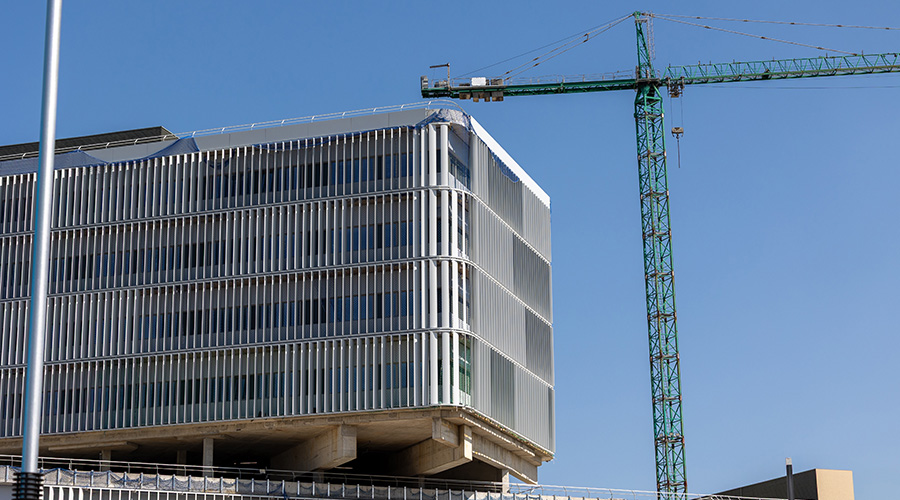Infection control in hospitals and other healthcare facilities often focuses on environmental services in seeking to protect patients, staff and visitors from hospital acquired infections, and this focus is understandable. Effective cleaning and sanitization can go a long way in achieving this critical goal. But as facilities managers have long known, close attention to a range of other activities — namely construction, renovation and maintenance — also plays a significant role in creating an overall healthy and safe environment in hospitals and other healthcare facilities.
To that end, the American Society for Health Care Engineering (ASHE) published an updated infection control risk assessment called ICRA 2.0, which promotes and directs interdisciplinary infection prevention in healthcare facilities during construction, renovation and maintenance. ASHE is also developing companion resources to support user interface with the tool, optimizing its effectiveness for patient, staff and visitor infection prevention.
The first formal ICRA was introduced in the 1996 edition of the Facility Guidelines Institute’s Guidelines for Design and Construction of Hospital and Healthcare Facilities. ASHE, with other organizations and experts on the field, created a step-by-step ICRA process and subsequently pursued efforts to clearly delineate what would be included in the ICRA process.
In July 2020, ASHE put together a multidisciplinary team including representatives from infection prevention, industrial hygiene, construction, facilities management and authorities having jurisdiction to evaluate and improve the existing ICRA guide to better serve health care organizations.
“We know that infection prevention is a significant concern within healthcare facilities and that construction, renovations and maintenance activities can present a significant risk to patients and staff,” says Jonathan Flannery, ASHE senior associate director of advocacy. “ASHE feels very strongly that by improving the infection control risk assessment process, we can help reduce the risk of infections.”
In 2022, ASHE launched an e-learning course, ICRA 2.0: Improving Patient Protections, which instructs learners to apply the tool to the health care environment, emphasizing multidisciplinary input.
Dan Hounsell is senior editor for the facilities market. He has more than 25 years of experience covering engineering, maintenance, and grounds management issues in institutional and commercial facilities.

 Building Sustainable Healthcare for an Aging Population
Building Sustainable Healthcare for an Aging Population Froedtert ThedaCare Announces Opening of ThedaCare Medical Center-Oshkosh
Froedtert ThedaCare Announces Opening of ThedaCare Medical Center-Oshkosh Touchmark Acquires The Hacienda at Georgetown Senior Living Facility
Touchmark Acquires The Hacienda at Georgetown Senior Living Facility Contaminants Under Foot: A Closer Look at Patient Room Floors
Contaminants Under Foot: A Closer Look at Patient Room Floors Power Outages Largely Driven by Extreme Weather Events
Power Outages Largely Driven by Extreme Weather Events